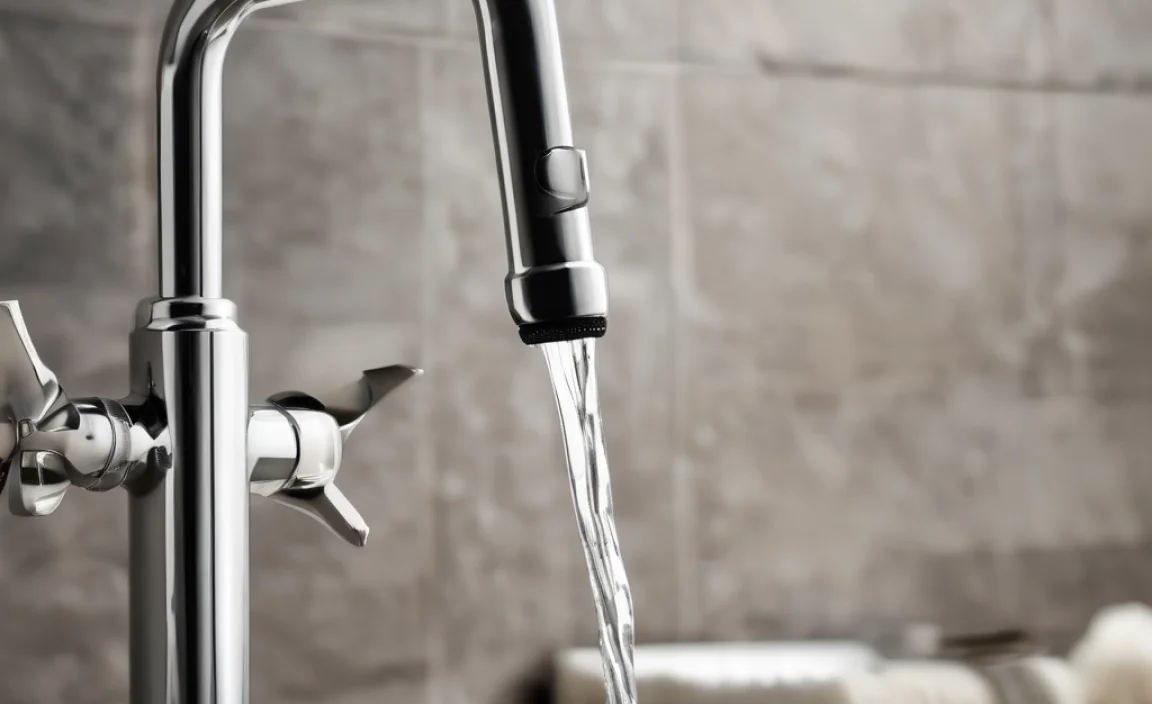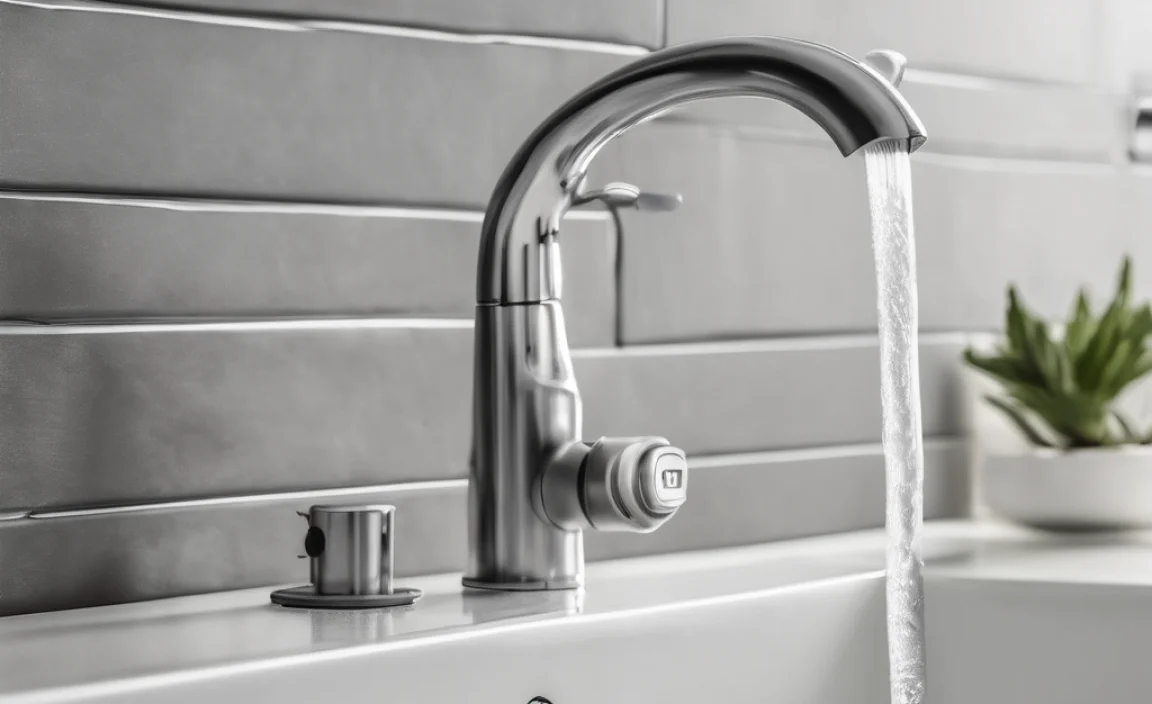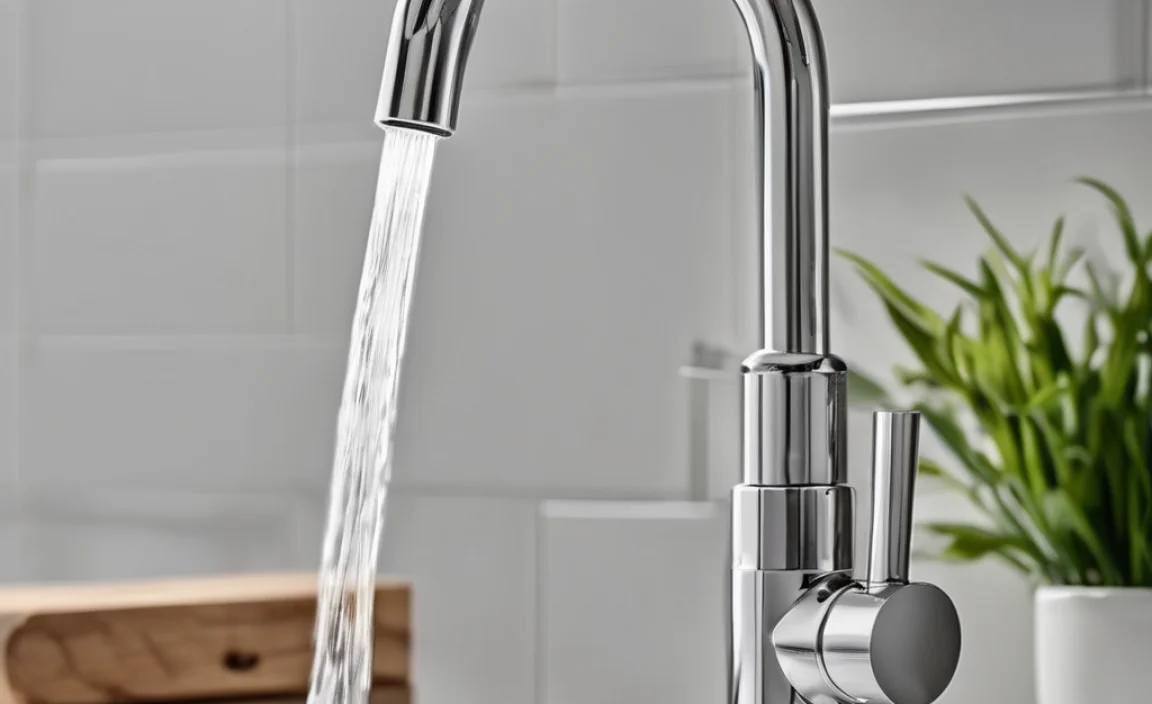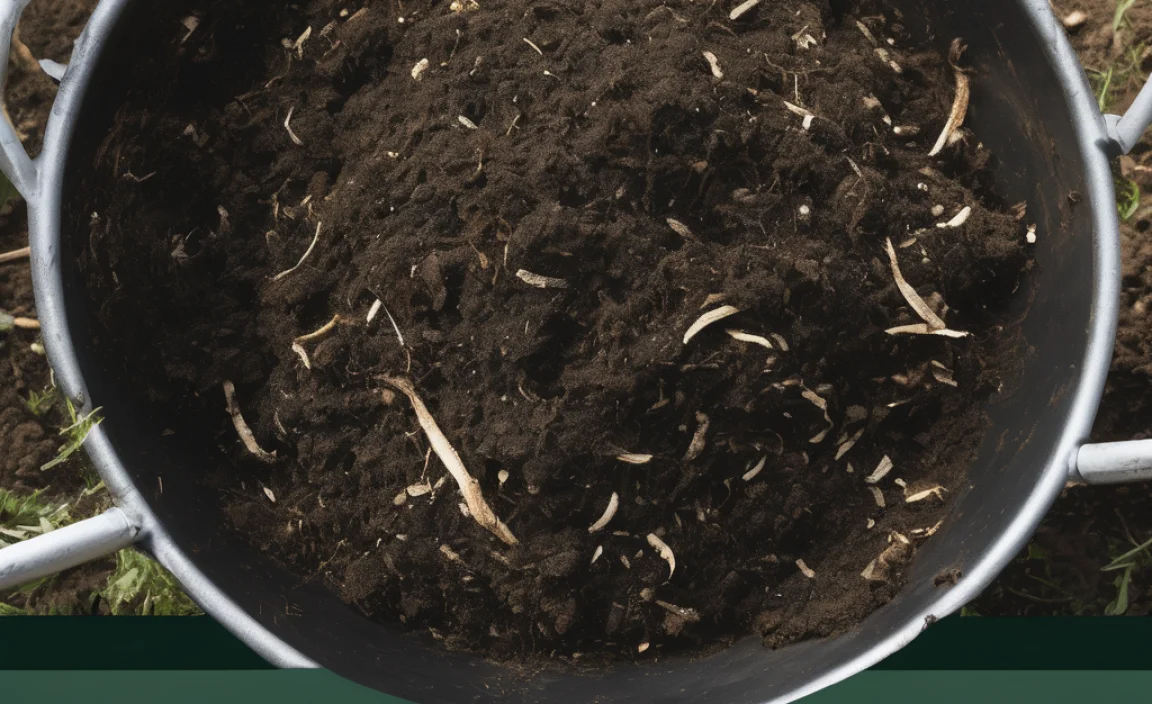Not all faucet aerators are universal, but many common sizes exist. Most standard faucets use either a regular or junior-size aerator. To determine the correct size, measure the aerator’s diameter or the faucet’s threaded opening. Adaptors are also available to fit non-standard faucets, ensuring you can improve water flow and save water regardless of your faucet type.
Are Faucet Aerators Universal? A Simple Guide

Ever wondered if you could just grab any faucet aerator off the shelf and expect it to fit? It’s a common question! A faucet aerator mixes air into the water stream. This reduces splashing and saves water. But finding the right one can be tricky. Luckily, many faucets use standard sizes, making the task easier.
In this guide, we’ll walk you through everything you need to know. We’ll cover how to determine the size you need. We’ll also discuss adaptors for those unique faucets. Get ready to improve your water flow and save money!
What is a Faucet Aerator?

A faucet aerator is a small screen-like device. It attaches to the tip of your faucet. It mixes air with the water stream. This does a few important things:
- Reduces water consumption: By adding air, it feels like you’re getting the same water pressure while using less water.
- Prevents splashing: The aerated stream is softer and less likely to splash.
- Filters debris: It can catch small particles, improving water quality.
Aerators are inexpensive and easy to install. They’re a great way to upgrade your faucet without replacing the entire fixture.
Understanding Common Faucet Aerator Sizes

While not completely universal, many faucet aerators come in standard sizes. Knowing these sizes will help you find the right replacement.
Standard Aerator Sizes
Here are the most common sizes you’ll encounter:
- Standard (15/16 inch): This is the most common size for kitchen and bathroom faucets.
- Junior (3/4 inch): Slightly smaller than the standard size, often found in bathroom faucets.
- Dual Thread (55/64 inch): Can fit both male and female threaded faucets.
- Tom Thumb (5/8 inch): The smallest size, typically used in older or specialized faucets.
Identifying Your Faucet’s Aerator Size
Follow these steps to determine the size of your current aerator:
- Remove the existing aerator: Gently unscrew the aerator from the faucet spout. You might need pliers, but be careful not to scratch the finish.
- Measure the diameter: Use a ruler or measuring tape to measure the diameter of the aerator or the threaded opening on the faucet.
- Compare to standard sizes: Match your measurement to the standard sizes listed above.
Here’s a table summarizing common faucet aerator sizes:
| Aerator Type | Size (inches) | Common Use |
|---|---|---|
| Standard | 15/16 | Most kitchen and bathroom faucets |
| Junior | 3/4 | Smaller bathroom faucets |
| Dual Thread | 55/64 | Fits male and female threads |
| Tom Thumb | 5/8 | Older or specialized faucets |
Tools You’ll Need

Before you start, gather these simple tools:
- Adjustable wrench or pliers: For loosening and tightening the aerator.
- Soft cloth or tape: To protect the faucet finish from scratches.
- Measuring tape or ruler: To measure the aerator size.
- Aerator key (optional): Some aerators require a special key for removal.
Step-by-Step Guide to Replacing a Faucet Aerator

Replacing a faucet aerator is a straightforward DIY project. Follow these steps for a successful replacement:
Step 1: Turn Off the Water Supply
Before you begin, turn off the water supply to the faucet. This prevents any accidental water flow during the replacement.
Step 2: Remove the Old Aerator
Gently unscrew the old aerator from the faucet spout. If it’s stuck, use an adjustable wrench or pliers. Wrap a soft cloth or tape around the aerator to protect the finish.
Step 3: Clean the Faucet Threads
Once the old aerator is removed, clean the faucet threads. Remove any debris or mineral buildup. A small brush or cloth works well for this.
Step 4: Install the New Aerator
Thread the new aerator onto the faucet spout. Tighten it gently with an adjustable wrench or pliers. Again, use a soft cloth to protect the finish.
Step 5: Turn On the Water Supply
Turn the water supply back on and check for leaks. If you see any leaks, tighten the aerator slightly until the leaking stops.
Dealing with Non-Standard Faucet Aerators
Sometimes, you might encounter a faucet with a non-standard aerator size. Don’t worry, there are solutions!
Using Adaptors
Adaptors are available to convert non-standard faucet threads to standard sizes. These adaptors screw onto the faucet spout. They provide a standard-sized thread for the new aerator.
Finding Specialty Aerators
Some manufacturers offer specialty aerators for their unique faucet designs. Check the faucet’s documentation or contact the manufacturer for replacement options.
The Benefits of Replacing Your Faucet Aerator
Replacing your faucet aerator offers several benefits:
- Water conservation: Reduces water usage without sacrificing water pressure.
- Cost savings: Lower water bills due to reduced consumption.
- Improved water flow: A new aerator can restore optimal water flow.
- Reduced splashing: Creates a smoother, more even water stream.
- Better water quality: Filters out sediment and debris.
Maintaining Your Faucet Aerator
Regular maintenance can extend the life of your faucet aerator. It also ensures optimal performance.
Cleaning the Aerator
Over time, mineral deposits and debris can clog the aerator screen. Clean it periodically to maintain water flow.
- Remove the aerator: Unscrew the aerator from the faucet spout.
- Disassemble the parts: Separate the screen, washer, and housing.
- Clean the components: Rinse each part with water. Use a brush to remove any buildup. Soak the parts in vinegar to dissolve mineral deposits.
- Reassemble and reinstall: Put the parts back together and screw the aerator onto the faucet.
Replacing Worn Parts
The rubber washer inside the aerator can wear out over time. This can cause leaks. Replace the washer to restore a tight seal.
Troubleshooting Common Issues
Here are some common issues you might encounter and how to solve them:
| Issue | Possible Cause | Solution |
|---|---|---|
| Low water pressure | Clogged aerator | Clean or replace the aerator |
| Leaking aerator | Worn washer | Replace the washer |
| Aerator won’t screw on | Incorrect size | Check the size and get the right one |
| Stripped threads | Over-tightening | Use an adaptor or replace the faucet |
Choosing the Right Faucet Aerator
With so many options available, selecting the right aerator can seem daunting. Here’s what to consider:
Flow Rate
The flow rate measures how much water flows through the aerator per minute (GPM). Lower flow rates save more water. Common flow rates range from 0.5 GPM to 2.2 GPM. Consider a lower flow rate for water conservation.
Spray Pattern
Aerators come with different spray patterns. Some offer a steady stream, while others provide a wide spray. Choose a spray pattern that suits your needs.
Material
Aerators are typically made of plastic or metal. Metal aerators are more durable. Plastic aerators are more affordable. Consider the material based on your budget and desired lifespan.
Where to Buy Faucet Aerators
You can find faucet aerators at most hardware stores, home improvement centers, and online retailers. Here are a few popular options:
- Home Depot
- Lowe’s
- Amazon
- Ace Hardware
Cost Considerations
Faucet aerators are relatively inexpensive. Prices range from a few dollars to around $20. The cost depends on the brand, material, and features. The long-term water savings make them a worthwhile investment.
Safety Tips
While replacing a faucet aerator is generally safe, keep these tips in mind:
- Turn off the water supply: Always turn off the water before starting any plumbing work.
- Protect the faucet finish: Use a soft cloth or tape to prevent scratches.
- Don’t over-tighten: Tighten the aerator gently to avoid stripping the threads.
- Wear safety glasses: Protect your eyes from debris when removing the old aerator.
Frequently Asked Questions (FAQ)
Are all faucet aerators the same size?
No, faucet aerators come in different sizes. The most common are standard (15/16 inch) and junior (3/4 inch). Always measure to be sure!
How do I know what size aerator to buy?
Remove your old aerator and measure its diameter. Or, measure the inside diameter of the faucet spout’s threads. Match that measurement to standard aerator sizes.
Can I use pliers to remove an aerator?
Yes, you can. But wrap the aerator with a cloth or tape first. This will protect the finish from scratches.
What does a faucet aerator do?
A faucet aerator mixes air into the water stream. It reduces water consumption, prevents splashing, and filters debris.
How often should I clean my faucet aerator?
Clean your faucet aerator every few months. This removes mineral buildup and ensures good water flow.
Do I need any special tools to replace an aerator?
You’ll need an adjustable wrench or pliers. An aerator key can be helpful for some models. A soft cloth protects the finish.
Can a new aerator really save me money?
Yes! Aerators reduce water usage. This leads to lower water bills over time.
Conclusion
While faucet aerators aren’t universally sized, understanding the common sizes and using adaptors makes replacement easy. By following this guide, you can confidently choose the right aerator for your faucet, enjoy improved water flow, and save money on your water bill. So go ahead, give your faucet a simple and effective upgrade. You’ll be amazed at the difference it makes!


